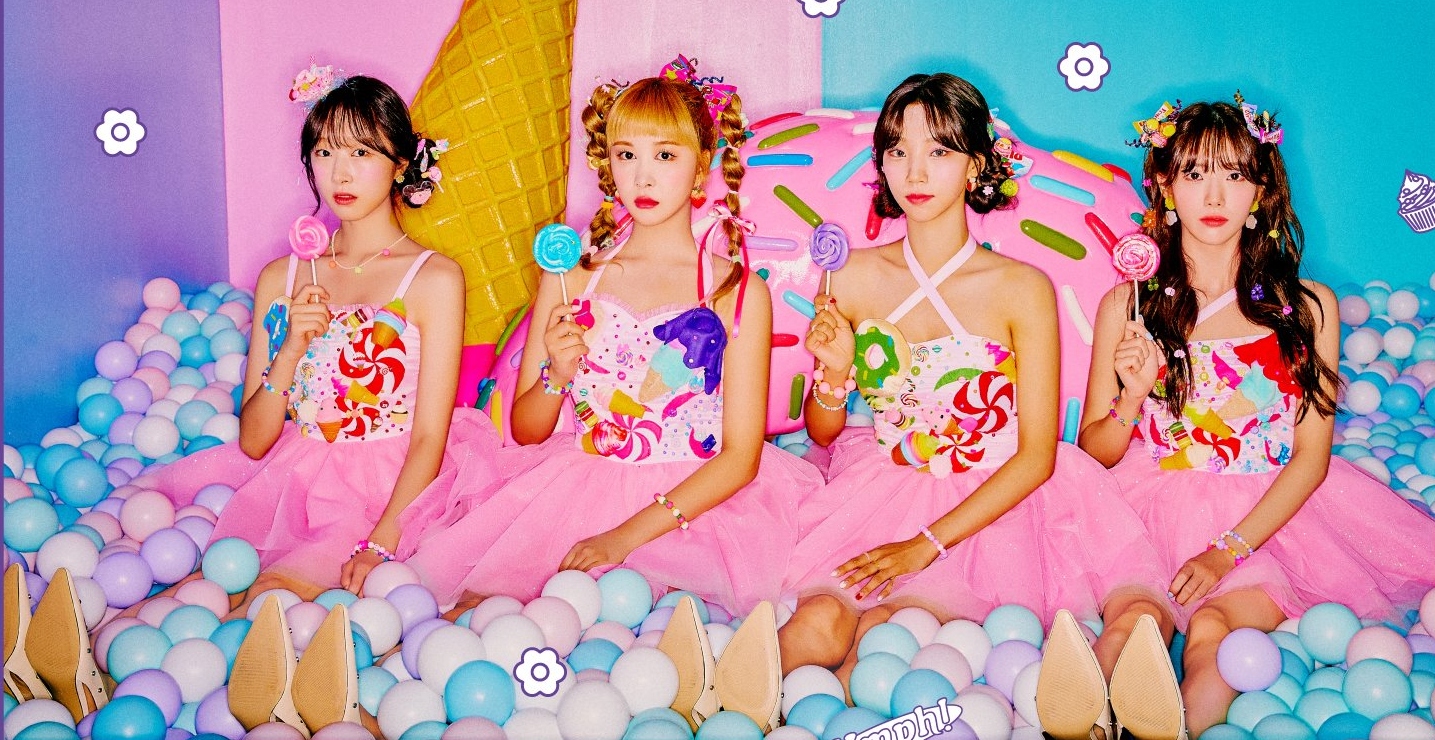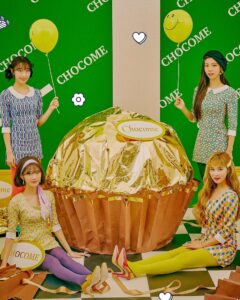
WJSN Chocome, a colorful candy-inspired sub-unit of WJSN, have arrived. Chocome are the latest 2020 sub-unit debut, but by no means the first. Other notable newcomers include Irene & Seulgi, H&D, Even of Day, and Moonbin & Sanha.
Throughout their long K-pop history, sub-units have produced artistic highs, cringy lows, and everything in between. Each year their numbers swell, as 2020 can attest. Consequently, sub-units are becoming an increasingly important part of the current and future K-pop landscape. But is that a good thing? Or are sub-units taking up more space than they are worth?
Arguably the first instance of sub-units in K-pop came courtesy of first-generation group Sechskies. Their original six-member lineup was split into two teams, Black Kies and White Kies. Black Kies were the bad boy rappers, White Kies the prince charming vocalists. Cute. However, Black Kies and White Kies never actually performed separately, which is why Sechskies are not credited with inventing the sub-unit.
That honor goes to Super Junior. 2006 saw the debut of Super Junior-K.R.Y., who would be followed by Super Junior-T, Super Junior-M, Super Junior-H, and Super Junior-D&E. Besides their historical importance, Super Junior’s musical offspring demonstrate several common types of sub-units.
K.R.Y. are made up of Super Junior’s main vocalists, Kyuhyun, Ryeowook, and Yesung. They are a perfect example of a skills-focused sub-unit. This is when idols who share a specific ability team up to showcase their gifts, reach audiences that might not go for straightforward pop but love vocal-focused/rap-focused/dance-focused content, and toot the talent horn of their original group.
SM Entertainment has a penchant for this kind of sub-unit. Besides K.R.Y., they have promoted SNSD sub-unit TTS, as well as inter-group projects SM the Ballad, SM the Performance, and Younique Unit. Unsurprisingly, SM’s skills-focused offerings highlight vocals and dance, clear strengths of the company’s idols. YG Entertainment applied the same logic when they created rap-centered sub-units GD & TOP and MOBB. Woolim Entertainment also sought to emphasize Infinite’s strengths through the hip hop-focused Infinite-H and the face-focused Infinite-F. Yes, you read that right. It is Woolim’s official opinion that being good-looking is a talent. To be fair, the K-pop industry has yet to prove them wrong.
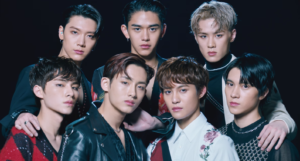
Super Junior-M were created exclusively to break into the Chinese market. Sub-units that have followed in their global footsteps are Nu’est M, and of course, Exo-K and Exo-M, who infamously ended in an explosion of lawsuits. Perhaps the most promising successor to Super Junior-M is NCT’s Chinese sub-unit WayV, with further planned units targeting other international markets. So far though, no globally aimed sub-units have achieved striking success.
Super Junior-H, Super Junior-D&E, and Super Junior-T couldn’t be more different tonally. However, they all show how sub-units can allow idols to artistically experiment, often venturing far from their groups’ conceptual comfort zones. This is an undertaking with the pleasant side effect of attracting new audiences.
Super Junior-H, a playful and downright comedic team, are an example of using a sub-unit to explore a lighter concept. A contemporary instance is Seventeen’s bouncy trio BSS. On the other end of the spectrum are sub-units where idols lean into their edgier instincts. Think of teams like Pristin V. While Super Junior-D&E initially put out goofy tracks like “Oppa, Oppa” and “Can You Feel It?”, they have since shifted into a decidedly more leather and motorcycles-influenced vibe. That evolution may be the reason why, besides K.R.Y., D&E are the only other currently active Super Junior sub-unit.
Super Junior-T are Super Junior’s trot team. Their content is every bit as insane and unforgettable as you might imagine. Super Junior-T aren’t just experimental for Super Junior, they are experimental period. Generally speaking, sub-units can afford to take more artistic risks. If the gamble fails, the sub-unit can simply be scrapped, leaving the original group largely unscathed.
A prime instance of a creative bet that payed off is the delightfully weird Orange Caramel. This After School sub-unit was one of the first to achieve widespread recognition totally independent from their parent group. Orange Caramel’s tacky yet addicting brand of K-pop is something audiences didn’t know they wanted until they had it. Then, they craved more. That’s why you can see Orange Caramel’s quirky influence in popular subsequent groups, like Red Velvet and Momoland.
It is worth noting that teams from Pledis Entertainment have appeared three times as examples of artistically innovative sub-units. While Pledis did a great job setting up Seventeen BSS, Pristin V, and Orange Caramel, they have maintained them less well. All three have either disbanded or lapsed into inactive limbo.
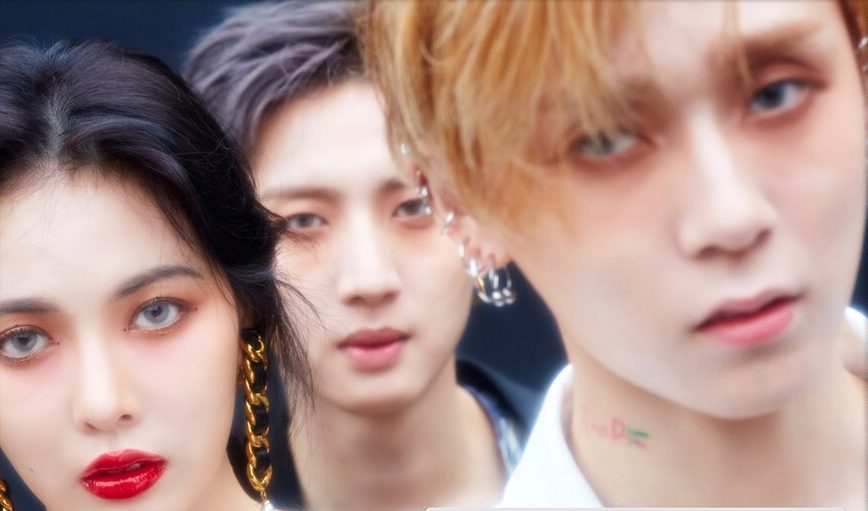
Opportunities for conceptual experimentation are a definite strength of sub-units. They can also allow for unique member lineups. Take Toheart, an inter-group and inter-company sub-unit comprised of Shinee’s Key and Infinite’s Woohyun. HyunA has been part of two unusually populated sub-units: hit duo Troublemaker and the sadly short-lived Triple H. The co-ed nature of both teams helped them to establish memorable and provocative identities.
While some sub-units show exciting originality, others feel lazily constructed. AOA Black and AOA Cream are each several steps down from their parent group’s quality. Exo-SC’s debut made them seem like a college fraternity house’s daydream, rather than a viable musical act, although subsequent releases have shown more promise.
Sub-units can also be downright confusing. K-pop is already filled with enormous groups, idols with nicknames and stage names and actual legal names, and enough terminology to make its own dictionary. Sub-units can increase the industry’s feeling of intriguing but intimidating chaos. It doesn’t help that many sub-units never officially disband, instead slipping into ambiguous states of semi-existence.
Perhaps no group exemplifies this glorious confusion better than NCT. Essentially a giant conglomerate of sub-units, NCT are massive and still growing. Their constantly evolving structure is a lot to keep track of. However, there is no denying that NCT’s complexity is part of their appeal. Fans often talk about falling down rabbit holes of content, and NCT have (currently) 23 members and four units worth of it.
The artistry of sub-units is fascinating, but their true purpose is primarily commercial. Creative choices are ultimately aimed at attracting audiences. Specific structural strategies can also be applied for optimum marketing returns. Promoting popular members as a sub-unit can lure audiences back to the parent group, something Sistar19 did for Sistar. Alternatively, sub-units can be a vehicle to highlight less-noticed members. Cha Eun-woo is the undisputed face of Astro, so Moonbin & Sanha are a great opportunity for those members to shine. Exo-CBX combine both approaches, with Baekhyun helming and Xiumin and Chen getting well-earned time in the spotlight.

There have been several instances where sub-units served as extravagant teasers for full groups. JJ Project previewed Got7, and Loona created three sub-units as part of their elaborate rollout. Just this year, H&D debuted and then promptly disbanded, all while heralding upcoming boy group BAE173.
While all these sub-units have obvious commercial objectives, they aren’t defined by them. Other teams can’t say the same. For instance, Nu’est W and End of Day both sprung from the fact that certain members from Nu’est and Day6 respectively couldn’t promote with the full group. There’s nothing specifically wrong with this, but it does feel like a disadvantage for a team to begin life as something of an appeasement for impatient fans. Big Bang‘s sub-units also often felt like they were designed to be consolation prizes during the group’s many long hiatuses. SNSD sub-unit Oh!GG left a similar impression.
Remarkably, despite their excessively transparent marketing purposes, each of these sub-units have produced excellent music. Their unsubtle construction is easy to forgive when poetic masterpieces like “When the sea sleeps” and sultry standouts like “Lil’ Touch” are the result.
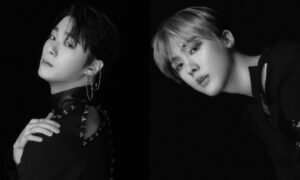
This leaves one final downside of sub-units to confront. Are they contributing to K-pop’s growing issue of over-saturation? Undeniably, the answer is yes. K-pop is increasingly full to bursting with acts, and sub-units are among them. One can only imagine the frustration felt by rookies struggling to get noticed, only to have sub-units from established groups “debuting” to steal the limelight. A few less sub-units would indeed make more room for young idols, but that’s hardly the heart of this particular problem. K-pop’s over-saturation crisis says a lot about the industry and its companies, and very little about the ultimate value of sub-units, even if they’ve been swept up in it.
Taken as a whole, sub-units bring more good than bad to K-pop. Their artistic innovations and marketing strengths are truly compelling. Even their cons have pros. Going forward, sub-units old and new alike should be sure to tap into both their creative and commercial potential. Only then can they continue to thrive in K-pop’s competitive landscape, bringing a welcome dose of the unexpected to this often over-standardized industry.
(YouTube[1][2]. Images via Blockberry Creative, Cube Entertainment, Fantagio, SM Entertainment, Starship Entertainment, Yuehua Entertainment)
